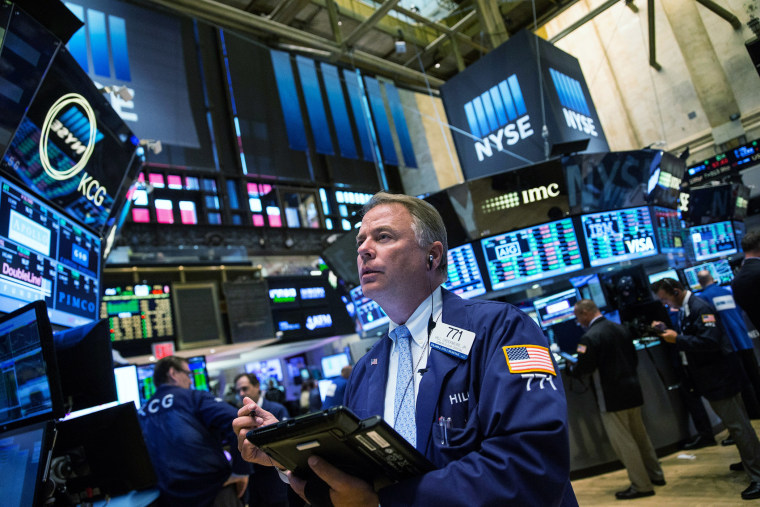A rate hike will come and the bull market will stumble, bond yields will climb and the economy will slip into a recession.
This we know.
What we don't know is how long all of that will take and how long it will last.
For the economy specifically, history offers little guide about timing. A recession has come as quickly as 11 months after the first rate hike and as long as 86 months.
RELATED: As Fed meets, decision on rate-hike seems like a toss-up
The Federal Reserve's aggressiveness in raising rates is often, though not always, a determinant in how the economy and financial assets respond. That's why officials at the U.S. central bank have stressed so vigorously that investors should not be focused on when it starts raising rates but rather the trajectory of how long it will take to normalize.
There are, indeed, multiple variables at play. In the end, however, market participants may find that all the rate-hike fuss may have been overdone.
"The first hike from the Fed since the global financial crisis will inevitably be interpreted by some as signaling the end of the era of 'cheap money,' " Julian Jessop, chief global economist at Capital Economics, said in a note to clients. "In contrast, we do not expect the gradual return of U.S. interest rates to more normal but still low levels to be the seismic shock that many seem to fear."
That's not to say there won't be effects, however. Here's a look at how some areas of the economy could react, based on historical trends:
Stocks
As the market has seen over the past month or so, anticipation of rate hikes can make things volatile for a while. Once the hike hits, though, the impact is not as dramatic.
"It does seem there is a trend for equity returns to stall 12-24 months after the first hike, which again perhaps reflects the lag in monetary policy," Deutsche Bank analysts said in a recent study of what happens after the Fed hikes.
WATCH: Fed chair heads to Capitol Hill
More specifically, the market over the past 35 years or so is most often up sharply—about 14% —heading into the rate hike, fairly flat in the 250 days after (average gain of 2.6%) then back to normal once 500 days have passed, with average return in the past six cycles of 14.4%, according to a recent analysis Bob Doll, chief equity strategist at Nuveen Asset Management, posted on Barron's.
Deutsche said the impact on stocks tends to get more pronounced later in the rate-hiking cycle and returns begin to diminish.
Recessions are a fact of economic life, but rate hikes often help them along.
In the current case, the Fed is facing some conditions that did not exist before and could hasten a recession. Most notably, gross domestic product will be near its lowest point ever for a Fed rate hike.
According to Deutsche Bank, in the 118 rate hikes since 1950, only twice has nominal year over year GDP been below 4.5%. Even though the second quarter of 2015 was at 3.6%, few expect that to last, with the third quarter tracking at just 1.5%, according to the Atlanta Fed.
Hiking rates into such a fragile economic backdrop could be risky and set up the question of "whether this time is different," Deutsche said.
Market participants have been bracing for a Fed hike all year, with all eyes turned toward this week's Federal Open Market Committee meeting, which ends Thursday. While many strategists and economists believe the FOMC could approve a hike at this meeting, futures trading indicates just a 25% probability.
"In our study since 1950, all hiking cycles to date have been in a super cycle of increasing leverage with GDP eclipsing prerecession peaks very quickly post the recovery commencing," the report said. "By contrast this has been a uniquely slow recovery from what was the worst recession in the sample period."
The current cycle is by far the longest the Fed has waited since the end of the last recession; the record had been 35 months, and this is 74 months and counting.
Read more at CNBC.com.
